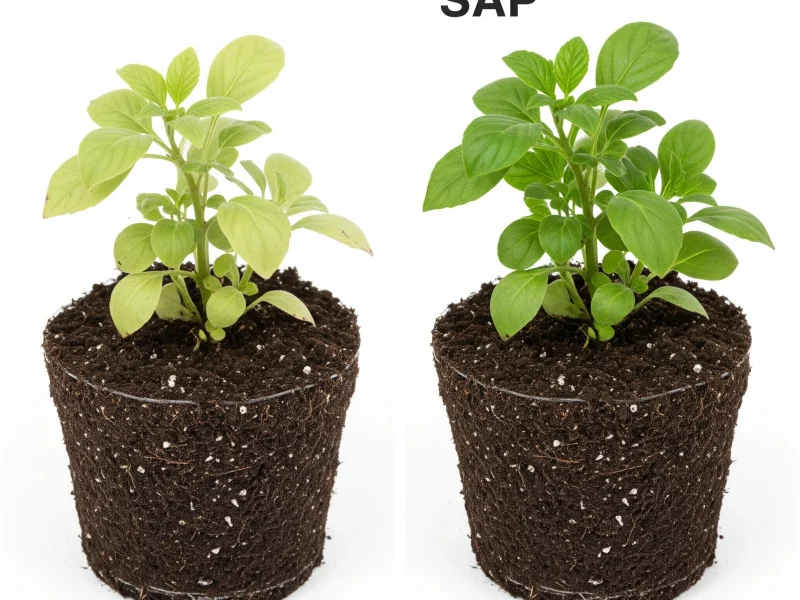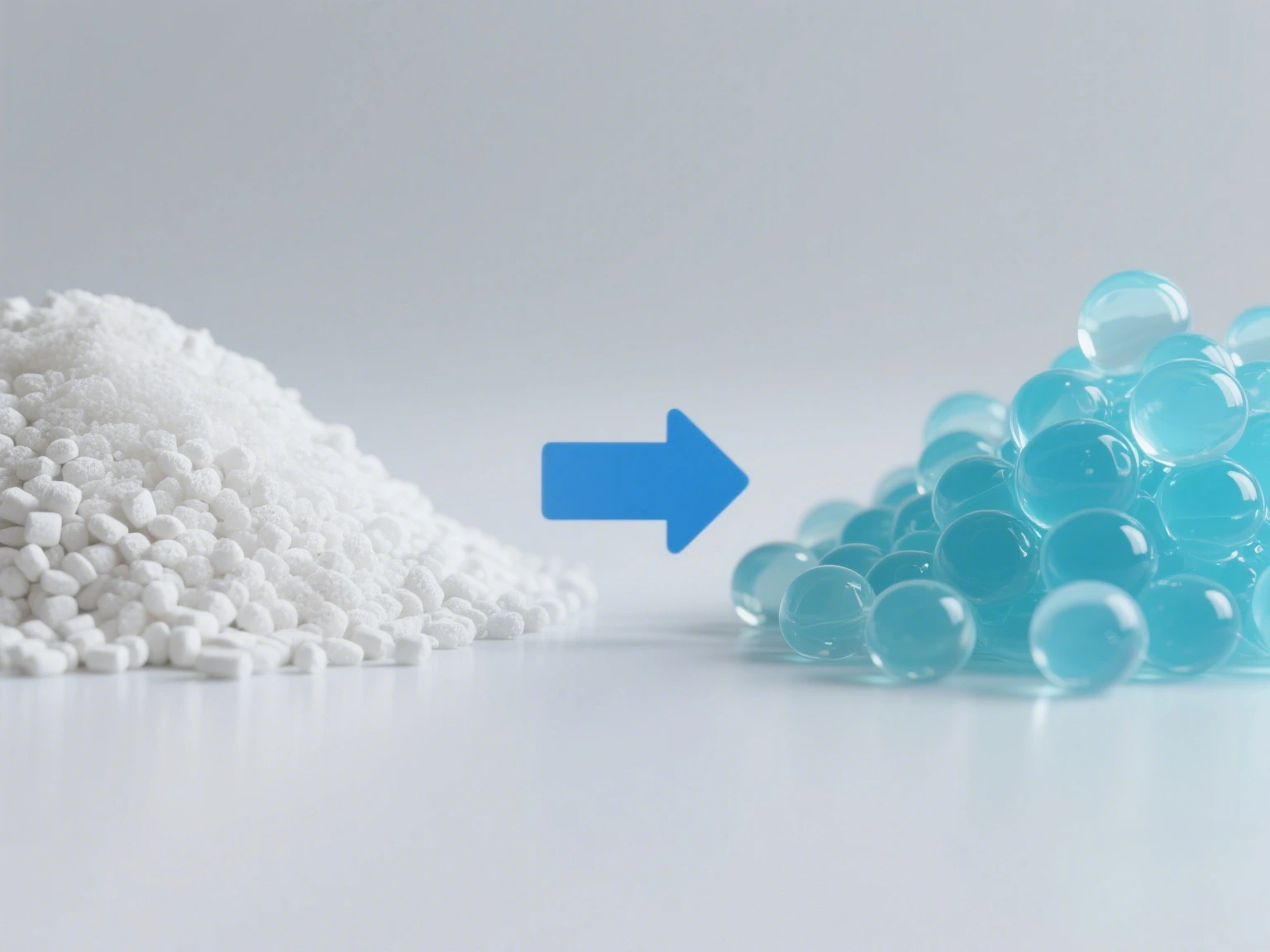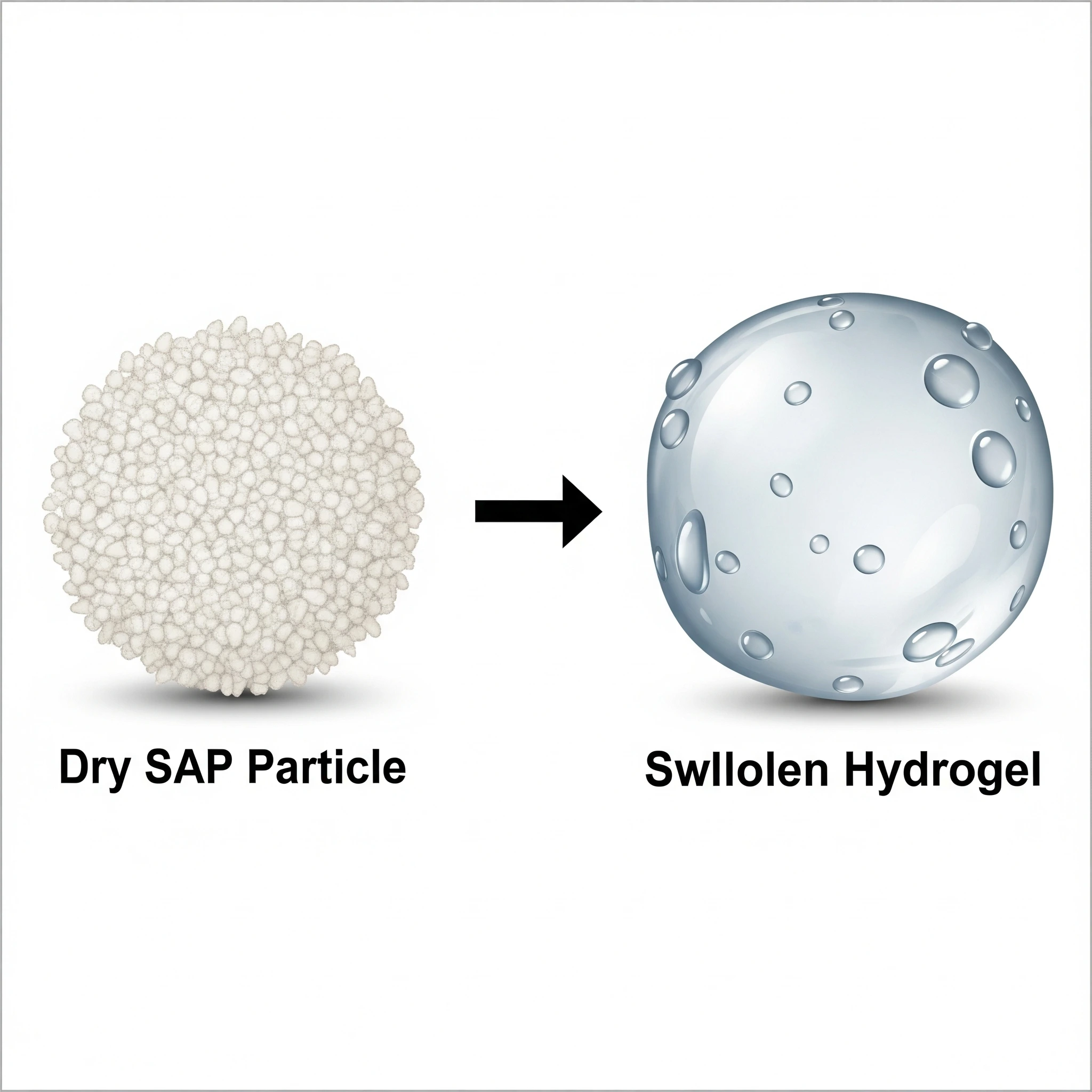
What Is a Superabsorbent Polymer (SAP)?
Have you ever wondered how a disposable diaper can hold so much liquid or how some soils stay moist even in dry weather? The answer often lies in a remarkable material known as superabsorbent polymer (SAP), sometimes also called super absorbent resin. This innovative functional polymer is a true game-changer, capable of absorbing and retaining astonishing amounts of liquid, transforming it into a stable hydrogel.
While insoluble in water and organic solvents, SAPs possess a superior water-absorbent property that sets them apart. They can absorb hundreds, or even thousands, of times their own weight in water. Even more impressively, this moisture is locked tight within the polymer’s structure and isn’t easily released, even when under pressure or heat.
The Science Behind SAP’s Superb Water Retention
So, what is the secret to this incredible absorption? The process is a fascinating blend of physics and chemistry.
The molecular chain of a superabsorbent polymer (SAP) is packed with hydrophilic groups—or “water-loving” groups—such as carboxyl (-COOH) and hydroxyl (-OH). These groups act like tiny magnets, attracting water molecules through hydrogen bonds.
Simultaneously, the polymer has a loosely cross-linked network structure. As water molecules are drawn in, this network expands dramatically, trapping the water inside and forming a stable hydrogel. This “solid water” is physically locked within the polymer chains, which is why it doesn’t just leak out under pressure. When the surrounding environment becomes dry, the hydrogel can also release the stored water slowly, making it an excellent moisture regulator.

Classification: Types of Superabsorbent Polymers
The world of SAP is diverse, with different types developed for specific needs. According to a 2023 industry report on functional polymers, SAPs are generally categorized into three main classes based on their raw materials.
- Synthetic Polymers: This is the most common and widely researched category. Materials like sodium polyacrylate (PAA) are popular due to their high efficiency, heat resistance, and low cost. They are the primary absorbent used in most personal hygiene products. However, their main drawback is that they have poor biodegradation, raising environmental concerns about their disposal.
- Biomass-Based Polymers: To address the environmental impact of synthetics, researchers have turned to nature. This class uses renewable resources like starch, cellulose, and chitosan. These materials are not only cost-effective and readily available but are also biodegradable, significantly reducing pollution. Their excellent water retention capacity makes them a promising choice for sustainable agriculture.
- Organic-Inorganic Composites: Representing the cutting edge of SAP technology, these hybrid materials combine organic polymers with inorganic nanomaterials. This modification enhances the resin’s overall performance, improving its mechanical strength, stability, and effectiveness in salty or mineral-rich water—conditions where traditional SAPs can struggle.
Illustrative Applications: From Diapers to Drought Prevention
The unique properties of superabsorbent polymer (SAP) have led to its adoption across numerous industries.
-
Personal Hygiene: This is the largest market for SAP. In products like baby diapers, adult incontinence pads, and sanitary napkins, SAP is the core absorbent material. Modern diapers can contain several grams of SAP, allowing them to absorb over 30 times their weight in liquid, keeping skin dry and preventing rashes.
-
Agriculture & Horticulture: In farming, SAP acts as a soil conditioner. When mixed with soil, it creates tiny reservoirs of water directly at the plant’s roots. Studies in arid agriculture show that using SAP can reduce irrigation frequency by 30-50% and increase crop yields by improving water availability during dry spells. This is a critical tool in combating desertification and improving food security.

Polymer Solutions
From its complex molecular structure to its wide-ranging applications, superabsorbent polymer (SAP) is a cornerstone of modern material science. Its ability to manage moisture—whether for comfort in hygiene products or for survival in agriculture—is unmatched.
As innovation continues, the focus on biodegradation and enhanced performance promises an even more sustainable and powerful future for this incredible polymer.
